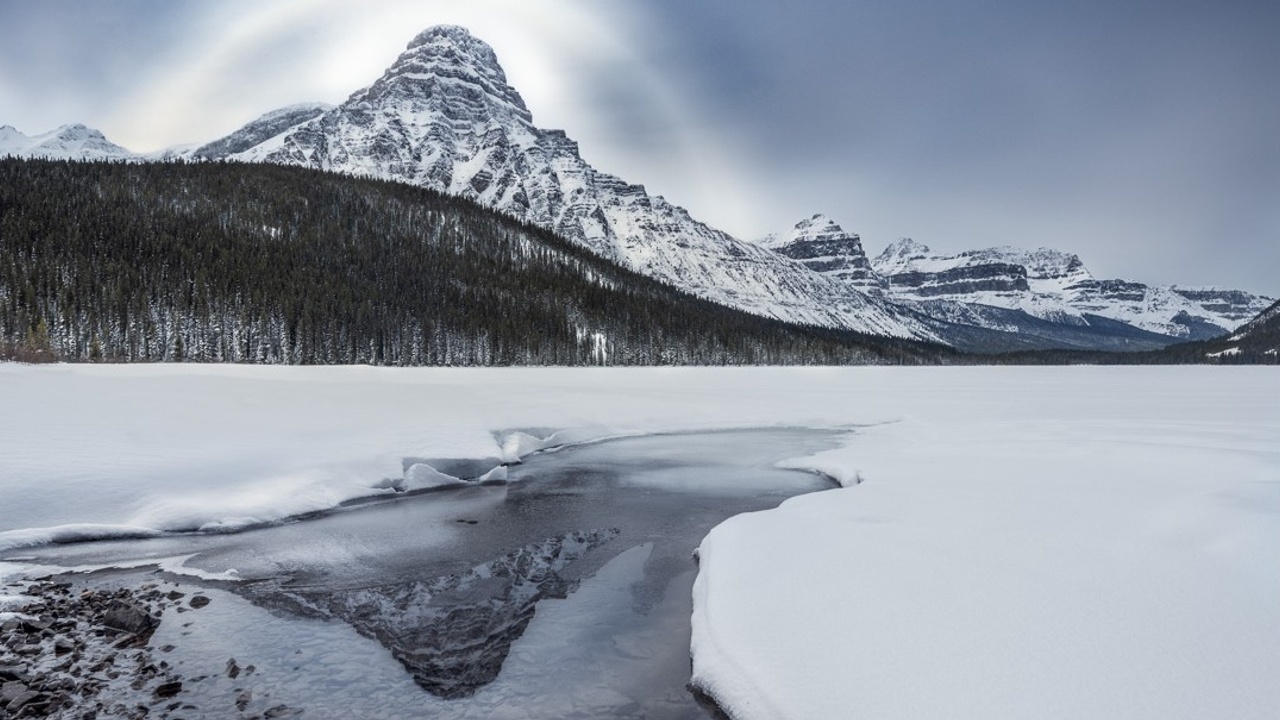
A Secret for Strong Reflection Images in Landscape Photography
Apr 06, 2021I was out in the mountains over the weekend, and the melt has begun. What was once frozen has slowly started to unthaw and open up. Oh, how I love that trickling sound of free-flowing water!
With open water, reflection becomes a compositional option for the landscape photographer. Reflection infuses a dynamic element into an image and offers visual interest and depth while evoking a calm and soothing mood.

ISO 100, 22mm, f10, 1/125SS
When seeking to incorporate reflection into a landscape scene, look to include the complete reflection for your main subject, or as much of the reflection as possible, within the body of water, as this enhances the scene's tranquillity.
Reflections cropped awkwardly can become visually jarring, defeating the compositional effect of the reflection. Especially pay attention to the frame's edges, making an effort to include details within the reflection like mountain peaks and treetops. Don't be afraid to move your camera's position close to the ground or higher or even move to the left or right to preserve and maintain as much complete reflection as possible.
Please take a look at my example image. I carefully composed this frame to showcase Mount Chephren centred within the small body of water. I wanted to showcase this mountain as my subject and, through slight adjustment in my set-up, I was able to accomplish a complete intact reflection of the mountain in my composition.
As bodies of water open, don't be afraid to look for opportunities to capture reflections within your landscape images. Thoughtfully set up your camera and pay close attention to reflecting details, as this will help you capture stronger and more visually dynamic landscape images.


